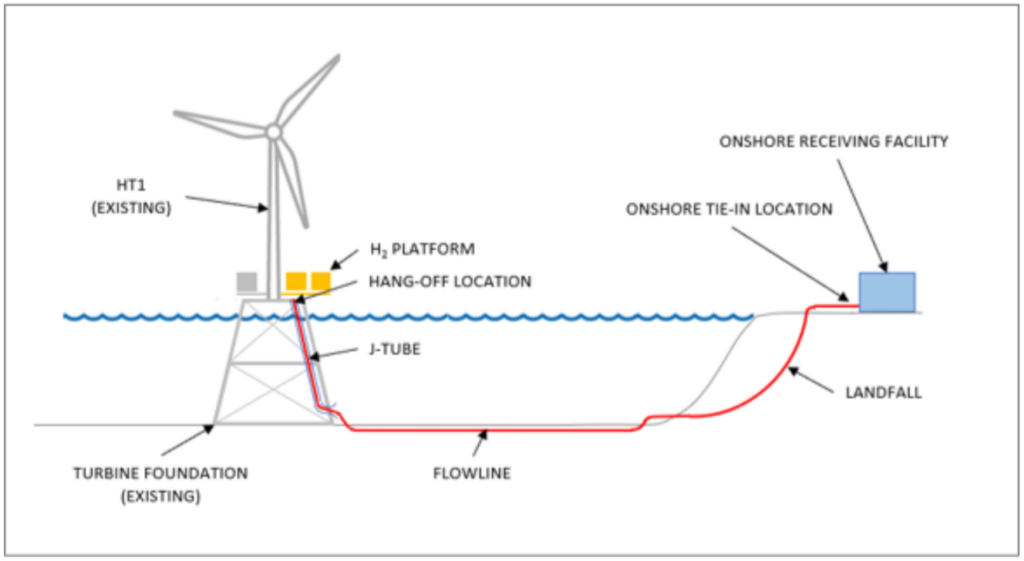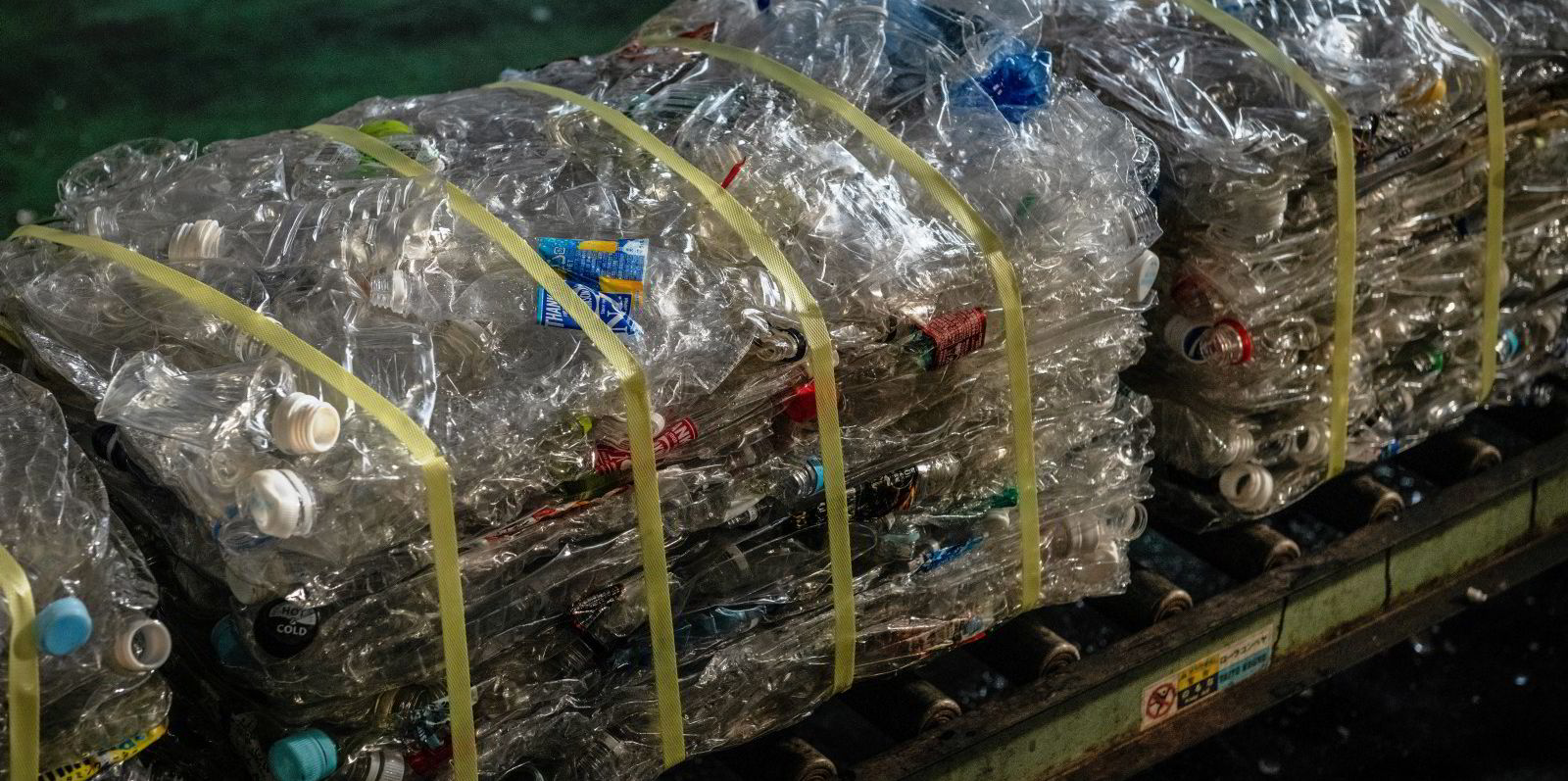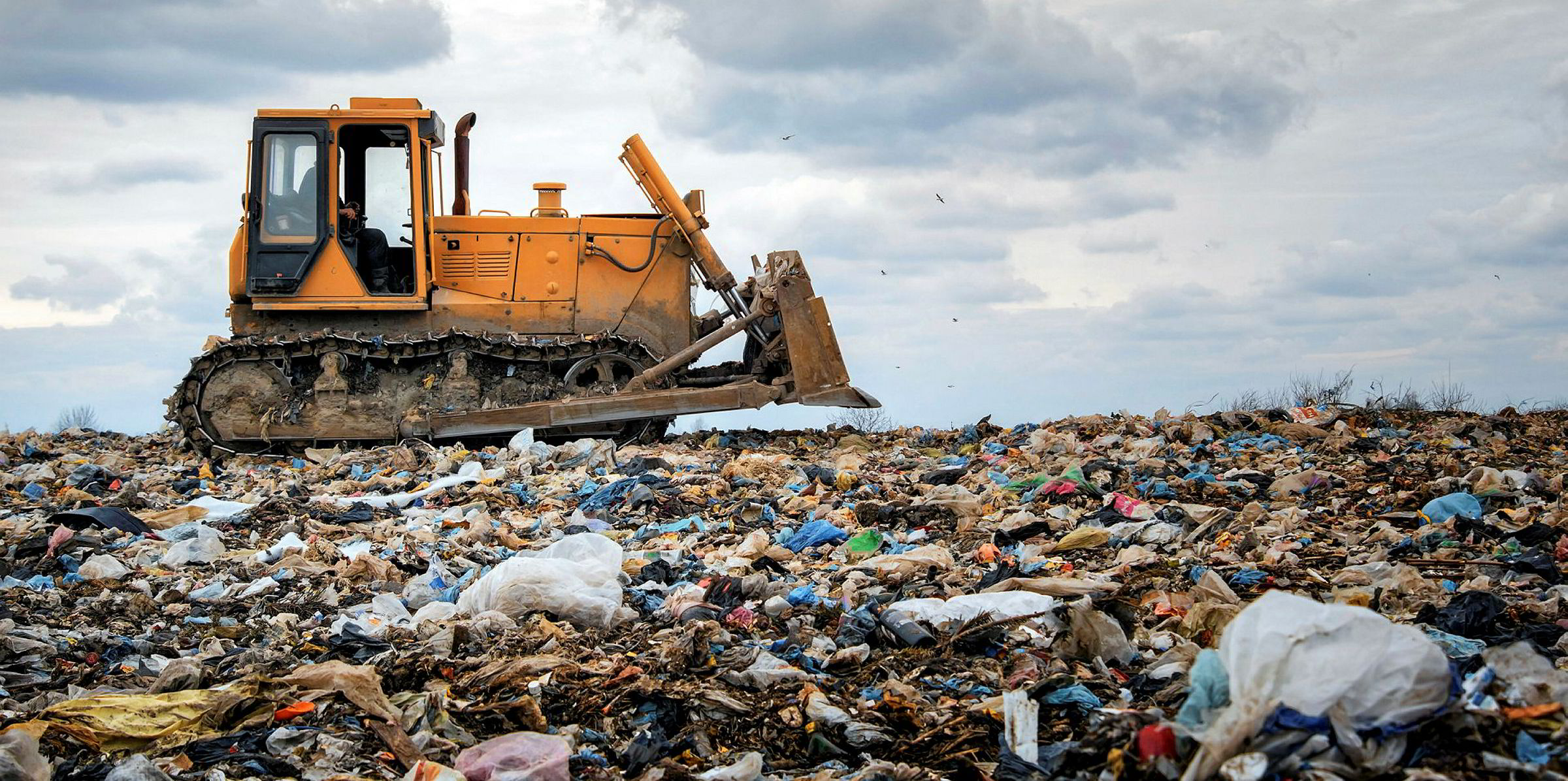KENNEY IS CANADA'S DESANTIS
Provinces could make vaccination mandatory, says federal health minister
Health Minister Jean-Yves Duclos says vaccination remains
the only way out of the pandemic
Provinces are likely to introduce mandatory vaccination policies in the coming months to deal with surging COVID-19 caseloads, Health Minister Jean-Yves Duclos said today.
"What we see now is that our health care system in Canada is fragile, our people are tired, and the only way that we know to get through COVID-19, this variant and any future variant, is through vaccination," Duclos said.
Duclos said that while rapid tests, masking and social distancing are useful tools, they won't end the pandemic on their own.
"Fifty per cent of hospitalizations now, in Quebec, are due to people not having been vaccinated," he said. "That's a burden on health care workers, a burden on society which is very difficult to bear and for many people difficult to understand.
"That's why I'm signalling this is a conversation which I believe provinces and territories, in support with the federal government, will want to have over the next weeks and months."
Duclos said that while discussions about mandatory vaccination policies are not taking place now, he believes that, based on his "personal understanding of what we see internationally and domestically and in my conversations [with] health ministers over the last few weeks," the discussion will start in the coming weeks or months.
He stressed that it's up to the provinces to decide whether to implement mandatory vaccination policies.
WATCH | Duclos predicts mandatory vaccinations:
Duclos said the provinces are facing a perfect storm of record-setting case numbers, a shortage of health care workers and up to seven million eligible Canadians still unvaccinated.
"What we can do … is provide vaccines, tests, personal protective equipment," he said. "We can provide tracing support, we can provide all sorts of other non-human resources types of assistance."
Intergovernmental Affairs Minister Dominic LeBlanc said there are limits to what the federal government can do to ease shortages of health care staff.
"It's no surprise that provincial and territorial governments have considerably more health human resources, for example, than would the government of Canada," he said.
Quebec, Europe strengthen vaccine policies
Earlier this week, Quebec's Health Minister Christian Dubé announced that Quebecers will need to show proof that they are fully vaccinated in order to enter government-run liquor and cannabis shops as of Jan. 18.
Dubé said half of the people with COVID-19 being admitted to ICUs in the province are unvaccinated and that the new restrictions are needed to slow down hospital admissions.
The minister also said the Quebec government will soon expand the use of the vaccination passport to other non-essential businesses, such as personal care services. That announcement is expected in the coming days.
"By limiting the places they can go, we're limiting their contacts," Dubé said, referring to the unvaccinated.
"If you don't want to get vaccinated, stay home."
A spokesperson for Quebec's health minister said Friday, however, that mandatory vaccination is not something the province is looking at yet.
In a social media post, Alberta Premier Jason Kenney said his government will not make vaccines mandatory.
Robert Strang, chief medical officer for Nova Scotia, told CBC Radio's The House in an interview airing Saturday that his province isn't considering mandatory vaccination but it is looking at increasing the number of places in the province that can be accessed only by those who are fully vaccinated.
"To me, it's a big step further to say you have to be vaccinated. First of all, how would we ever enforce that? You know, there's all sorts of legal and human rights issues," Strang hold host Chris Hall.
"I think we need to be in the space that we ... ultimately allow people the choice. But that choice means that there's a lot of restrictions ... on what they can do compared to people who are vaccinated."
Saskatchewan Premier Scott Moe issued a statement saying that while he strongly encourages people to get vaccinated, his province will not be implementing a mandatory vaccine policy.
Some European countries, such as Austria and Greece, have moved in that direction already as infection rates hit record highs and vaccination campaigns stall.
Greeks over the age of 60 who are not yet vaccinated are now subject to monthly fines of 100 euros ($140 Cdn). Austria, which has one of the lowest vaccination rates in the European Union, is looking at fining unvaccinated Austrians more than 7,000 euros ($9,880). Slovakia, meanwhile, is offering payments of 600 euros ($844) to encourage people to get their shots.
There are signs that enforcing these new vaccine rules will be a challenge. In late November, roughly 40,000 people assembled in Vienna to protest the new rules.
Dr. Theresa Tam, Canada's chief public health officer, said the national average daily case count has increased by 65 per cent since the previous week, with a daily average of 42,000 new cases being reported.
Tam said that about 29 per cent of laboratory tests are coming back positive, indicating significant community transmission of the virus.
She said non-ICU hospitalizations increased 91 per cent over the previous week, while ICU admissions went up by 25 per cent.
"Although evidence from ongoing surveillance and recent studies indicates that the risk of hospitalization is lower for Omicron compared to Delta, the sudden acceleration of Omicron and enormous volume of cases is driving severe illness trends," she said.
Duclos said that while the current surge in hospitalizations is hitting Quebec and Ontario the hardest, other provinces should prepare for the same.
"These provinces and territories must know and must act on the basis of what they see with other provinces like Quebec and Ontario," he said.
"That's also a warning, a kind warning, but a clear warning, to some provinces and territories that they need to act now. Because if they don't act sufficiently it's going to be difficult for the federal government to help after, because we don't have the capacity to do so."
'Our people are tired and the only way as we know through COVID–19, be it this variant or any future variant, is through vaccination,' Duclos said at a press conference Friday
Author of the article:Ryan Tumilty, Michael Higgins
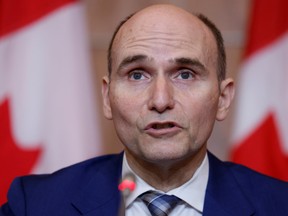
OTTAWA – Health Minister Jean-Yves Duclos said he believes mandatory vaccinations will happen in Canada.
Duclos signalled Friday that provincial governments should be discussing mandatory vaccinations, saying it is a conversation that has to happen as unvaccinated patients continue to put strain on hospitals.
Asked about mandatory vaccination, he said in French, “I personally think we will get there at some point.”
According to a translation on CBC, he added, “I see it coming personally. Not now. I don’t think we are there yet. But I think discussions need to be had about mandatory vaccinations because we have to get rid of Covid 19.”
Duclos told a press conference that any decision would be in the hands of provincial governments, but he said the unvaccinated were creating a sizeable burden on others.
“What we see now is that our health care system in Canada is fragile. Our people are tired and the only way as we know through COVID–19, be it this variant or any future variant, is through vaccination,” he said.
He said in Quebec, where his riding is located, hospitals were under serious pressure.
“I see in my own province 50 per cent of hospitalizations now in Quebec are due to people not having been vaccinated,” he said. “That’s a burden on healthcare workers, a burden on society which is very difficult to bear and for many people difficult to understand.”
In a statement later Friday, Duclos’s office stressed that the decision was in provincial hands.
“Provinces and territories will continue to take decisions that are within their jurisdiction. As a government, we will continue to do everything we can within our federal authority to keep Canadians safe.”
Alberta Premier Jason Kenney made clear his province would never consider such a step.
“Alberta’s Legislature removed the power of mandatory vaccination from the Public Health Act last year and will not revisit that decision, period,” he said. “While we strongly encourage those who are eligible to get vaccinated, it is ultimately a personal choice that individuals must make.”
Both vaccinated and unvaccinated Canadians are catching the Omicron variant, but provincial data has shown that unvaccinated people are much more likely to require hospital care.
Some European countries have implemented vaccine requirements, Greece will fine anyone over 60 who is not vaccinated, $144 per month starting next week. Austria has a similar policy with higher fines amounting to over $5,000 every three months. Italy has made vaccines compulsory for people over age 50 and German legislators are considering similar steps.
This week Quebec announced it was expanding its mandatory vaccination passport system so people in the province would eventually need three doses of a vaccine to get certain services. The province also announced that it was extending its passport system for people who wanted to enter liquor and pot stores.
Canada has had vaccine mandates for certain occupations and for school children to combat some diseases, but never a broad-based policy requiring vaccination.
The current COVID-19 vaccine mandates for employment have faced legal challenges, but so far courts have found the mandates are in line with the Charter of Rights and Freedoms.
The federal government has imposed a vaccine requirement on travellers and public servants, as well as on workers in federal regulated industries like travel.
Conservative Opposition leader Erin O’Toole did not address Duclos comments Friday, but on Thursday he said the government’s existing policies were already dividing people and the government should find a balance.
“Reasonable accommodations could and should be found for a small number of Canadians who may not be vaccinated,” he said.
Duclos said measures like rapid tests are simply not enough to control the virus and allow Canadians to move past the pandemic.
“Rapid tests are not going to end the crisis. Rapid tests are not going to solve COVID-19. The only thing that will solve COVID-19 is vaccination.”
COVID-19 cases are continuing to surge across the country, as the much more transmissible Omicron variant spreads widely.
Dr. Theresa Tam, Canada’s chief public health officer, said the country is currently seeing an average of around 42,000 cases per day, up 65 per cent from a week ago.
In previous waves of the virus, case numbers that high would have swamped hospitals, but the Omicron variant is much less likely to lead to hospitalization in vaccinated people. Still, the sheer number of new infections has increased the number of Canadians in hospital by 91 per cent over the last week.
The federal government has sent support to provinces with small teams of doctors and nurses, but Interprovincial Affairs Minister Dominic Leblanc made clear Friday the government would reach a limit to the help it could provide
“We’re moving expeditiously to do obviously everything we can, but it’s no surprise that provincial and territorial governments have considerably more health human resources than the Government of Canada,” he said. “It shouldn’t surprise anybody that it’s not a limitless number of federal health care resources that we can bring to bear.”
Provinces have the constitutional responsibility for health care and the federal government has a very small number of medical staff on its payroll, most of whom are in the armed forces.




:no_upscale()/cdn.vox-cdn.com/uploads/chorus_asset/file/23149655/GettyImages_1308308199.jpeg)
:no_upscale()/cdn.vox-cdn.com/uploads/chorus_asset/file/23149637/GettyImages_534285342.jpeg)
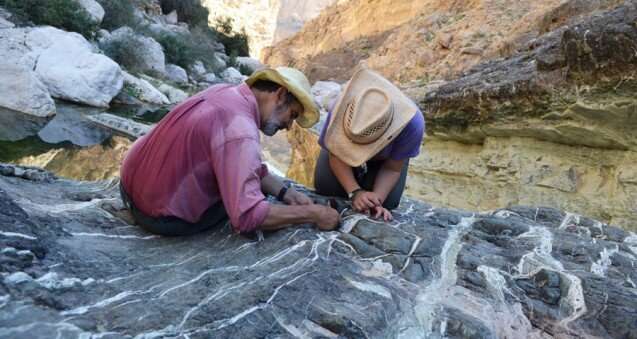

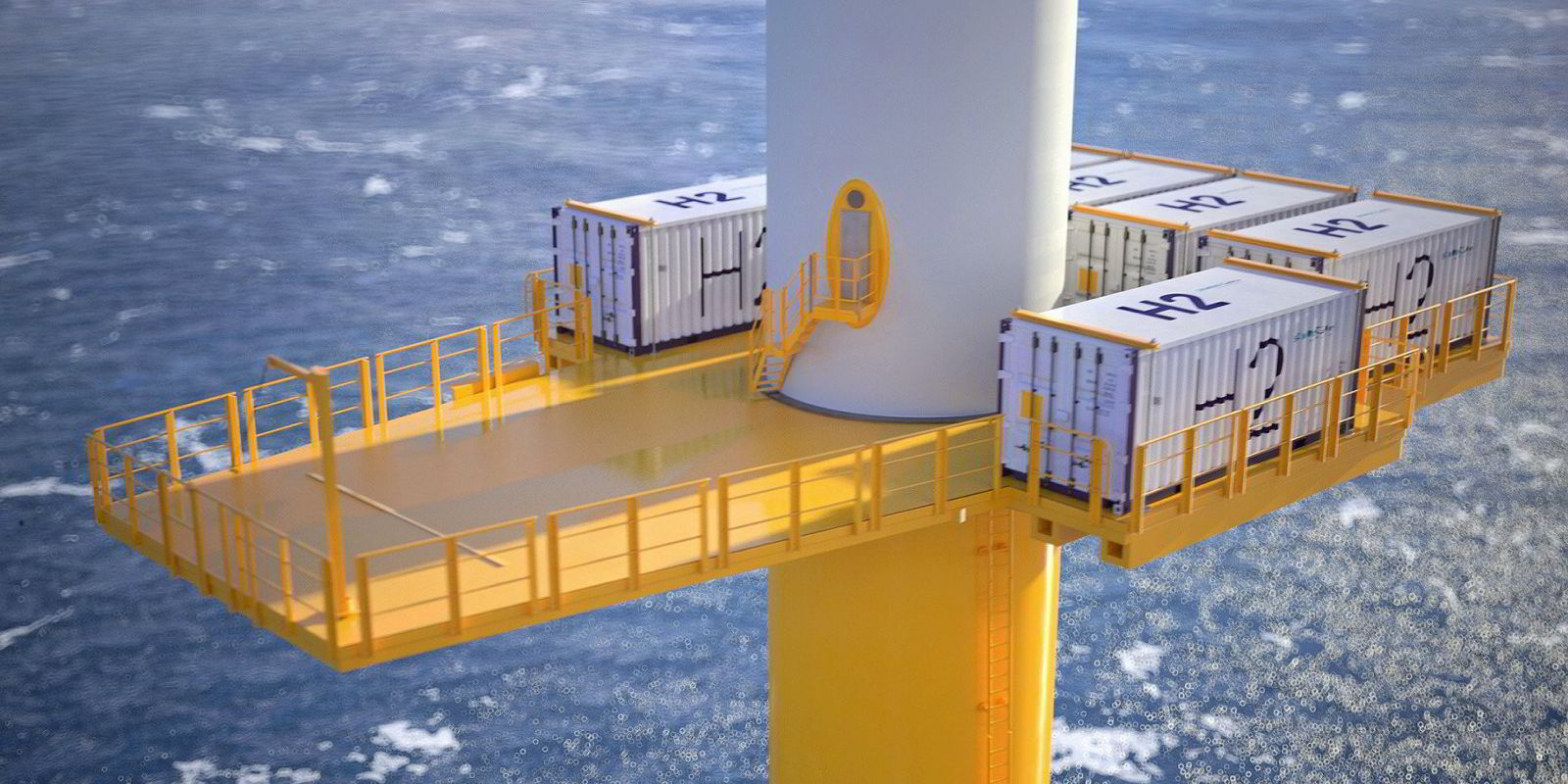
 \
\